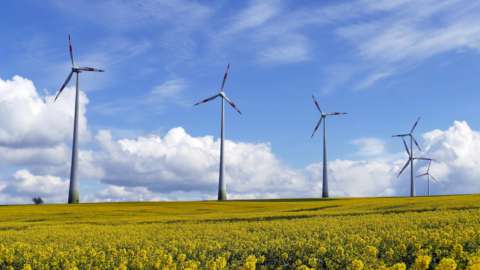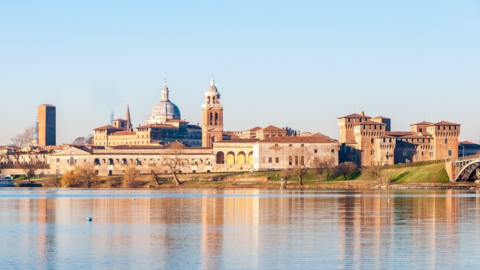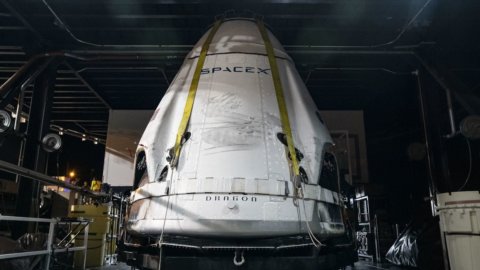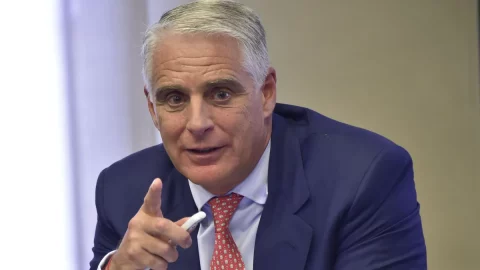- investments planned worldwide for green energy have risen 50% since the end of October, hitting the mark 710 billion euros, a level never seen before. This was announced by the International Energy Agency (IEA) in a report, underlining however that the planned expenditure is not distributed evenly: on the contrary, there are "worrying imbalances" between the various regions.
Advanced countries and green energy
Le advanced economies they invest on their own more than 370 billion dollars, which are expected to be deployed before the end of 2023, a near-term level of government spending that would help keep the door open for the IEA's global path to net-zero emissions by 2050.
Problems abound
Some of the funds allocated, however, risk not reaching the market on time, as delays in setting up government programs, ongoing supply chain disruptions, labor shortages, and financial uncertainty are hampering projects. Furthermore, consumer-oriented measures, such as incentives for building renovations and electric vehicles, struggle to reach a wider audience due to problems such as bureaucracy and lack of information.
Emerging and developing economies
in emerging and developing economies, on the other hand, by the end of 2023 approx 52 billion dollars spending on sustainable recovery, well below what is needed to make credible a path to net-zero emissions by 2050.
Difficult to narrow the gap: now the priority is inflation
Furthermore, according to IEA, the gap is unlikely to narrow in the short term, as governments must address the rising food and fuel prices, which have soared since the Russian invasion of Ukraine.
“Countries, where clean energy is at the heart of recovery plans, are keeping alive the possibility of achieving net zero emissions by 2050, but difficult financial and economic conditions have undermined public resources in much of the rest of the world,” he explains Fatih Birol, executive director of the IEA – International cooperation will be essential to change these trends of investment in clean energy, especially in emerging and developing economies, where the need is greatest”.
While the latest update to the Sustainable Recovery Tracker indicates promising signs in advanced economies, “the world still needs to massively expand its clean energy deployment efforts during this decade, primarily in developing economies, if we are to preserve the hope of limiting the global temperature increase to 1,5°C,” concludes Birol.
The prospects for private investment in green energy
Overall, government spending on sustainable energy remains a small fraction of the unprecedented $18,2 trillion in tax outflows that governments have dedicated to countering the economic impacts of COVID-19. But the IEA estimates that government spending that has been earmarked for spending before 2023 could sustain sustainable investments worth more than $1,6 trillion mobilizing higher levels of private sector participation.
Source: IEA, Sustainable Recovery Tracker
Read also: Climate change, UN IPCC: "Halving greenhouse gas emissions by 2030 is possible"





